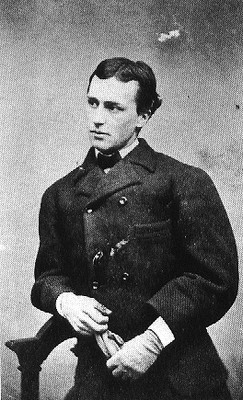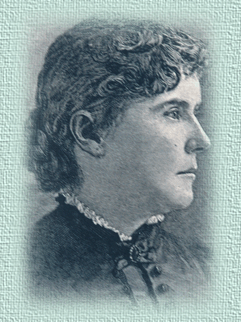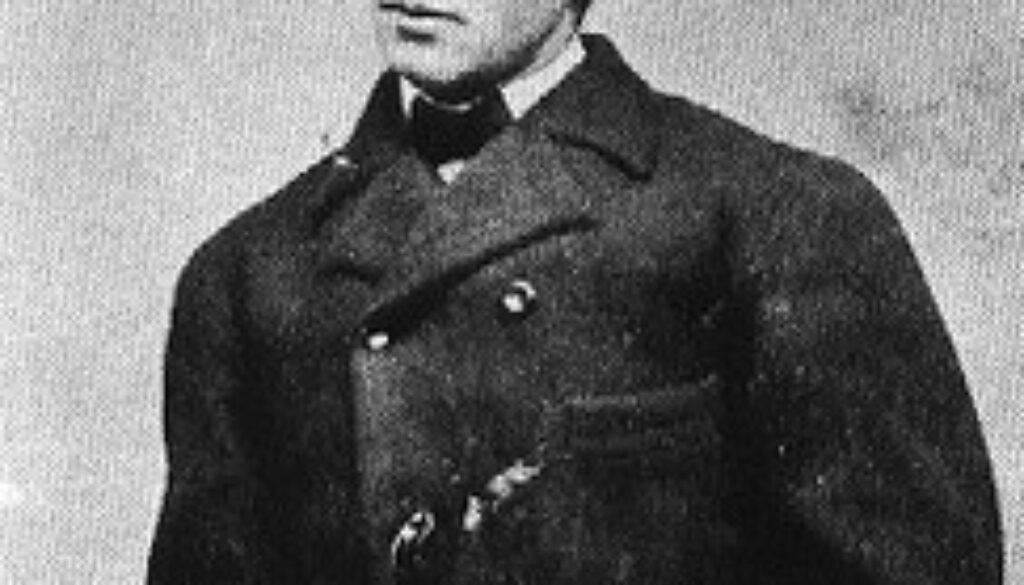Henry James Drowns Dresses in the Venetian Lagoon

“In April 1894, a middle-aged gentleman, bearing a load of dresses, was rowed to the deepest part of the Venetian lagoon.
A strange scene followed: he began to drown the dresses, one by one. There were a good many, well-made, tasteful, and all dark, suggesting a lady of quiet habits and some reserve.
The gondolier’s pole would have been useful for pushing them under the still water. But the dresses refused to drown. One by one they rose to the surface, their busts and sleeves swelling like black balloons.
Purposefully, the gentleman pushed them under, but silent, reproachful, they rose before his eyes.”
This passage is quoted from Lyndall Gordon’s biography of Henry James. The dresses in question belonged to Constance Fenimore Woolson, who had been James’ very close friend.
One problem with making historical friends, which, don’t get me wrong, is a wonderful thing to do, is that you get caught up in the lives periperal to theirs, so you really have to find out all about them, too.
I am a big admirer of Marian (Clover) Hooper Adams. I’ve written at least a half a dozen entries about her. I spend an entire summer immersed in her letters to her father.
She is known as a woman who took her own life and was commemorated in a sculpture by Augustus St. Gaudens, but was left out completely from the memoirs of her husband, Henry Adams, as if she had never existed
The concensus among historians is that he loved her so much that he couldn’t write a word about her, and I do not doubt that this might be true.
It wasn’t his duty to overcome his pain and use his extraordinary talents as a writer to present her to us as she was in life…

But, I keep thinking, I would have done that if I had been her husband.
When someone takes their own life, they tend to be regarded as a tragic figure, but Clover was such a lively intellect and such a loving, life-affirming human being, that it is wrong for us to think of her only in those last tragic throes of melancholy, when we should remember who she was when she was herself.
Certainly that was what Clover’s nieces had in mind when they published her letters. And that’s why I want to read everything ever written about Clover Hooper Adams.
Well, it turns out that entails reading all about Henry James and Constance Fenimore Woolson, who jumped out of a window in Venice and did not survive. She’s the original owner of the dresses that Henry was trying to push down into the canal.
James was a close friend of Clover’s. He called her “Voltaire in petticoats.” And there’s no higher tribute than that.
I always thought the prognosis on Henry James was “gay gay gay.” He seemed to be what my grandmother called a “confirmed bachelor,” but Gordon seems to think that he just got into homoerotic fantasies “later in life.”
She plays up his relationships with Fenimore Wilson and another woman from his youth named Minny Temple, but I just don’t think so. He liked them as friends, and I think Gordon miscontrues his use of the word “intimate.”
Remember, homosexuality was illegal in those days.
To me and to other historians, James memoirs strongly suggest homosexual activity with Oliver Wendell Holmes, later chief justice of the US Supreme Court.
Now there’s something that might become a thing. I’ll present the textual evidence in my next entry.
But none of this begins to answer the question of why Henry James was pushing down those dresses in the Venice canal.
Do I have to do everything around here?
